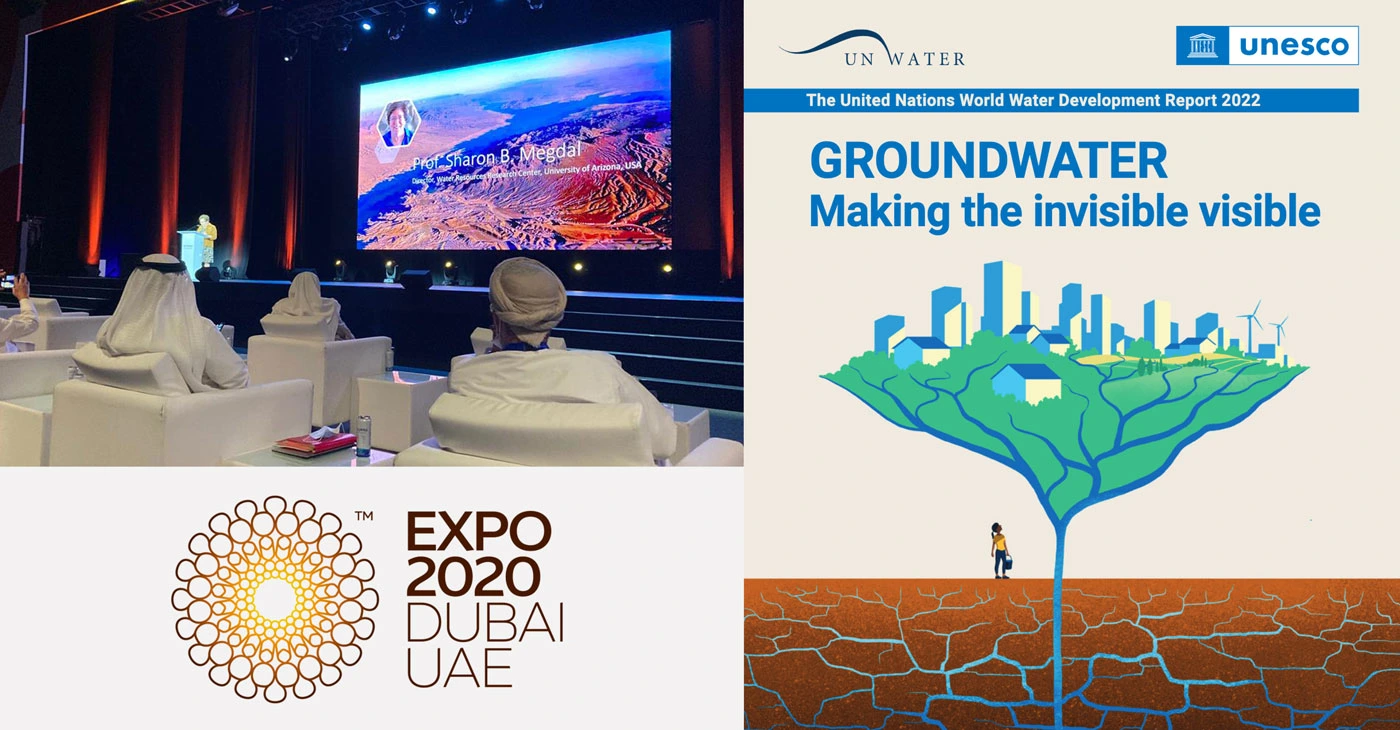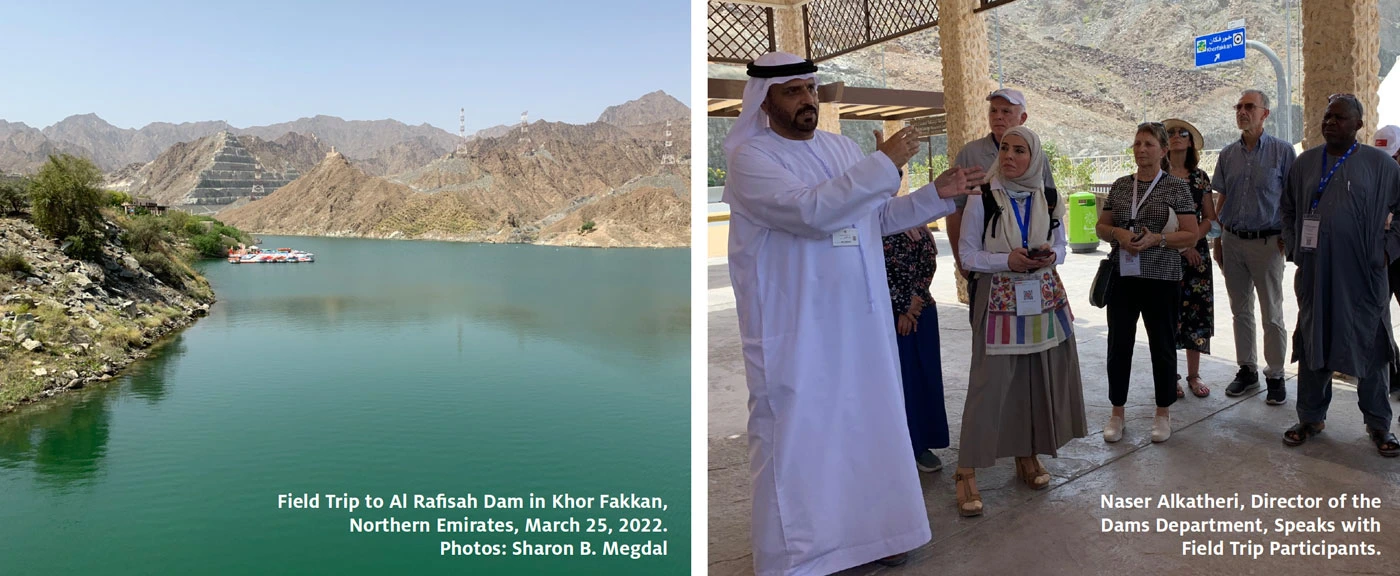
In Part I of this two-part Reflections, I discussed how World Water Day is celebrated each year on March 22. The 2022 World Water Development Report (WWDR), Groundwater, Making the Invisible Visible, was released by the United Nations the day before this year’s celebration. The report is an almost 250-page document on everything groundwater. Though I had the opportunity to contribute to Chapter 8’s discussion of groundwater in North America, I did not see the document until its release. As noted in the Preface by M. Miletto and R. Connor:
This latest WWDR is particularly unique: it is the first time that our report has focused on a specific element of the global water cycle – in this case, groundwater. In other words, the topic (or theme) of this year’s report is more than just an angle or perspective through which to explore the role of water across various social, economic and environmental goals and objectives, it is about the resource itself. And more importantly, it concerns a critical freshwater resource that has remained ‘under the radar’ for far too long.
This comprehensive volume will surely serve as an excellent reference on groundwater for some time. I highly recommend that people download it and keep it on their electronic bookshelves!
I had the honor of delivering keynote lectures at two international World Water Day 2022 programs held in Dubai. On this visit, my first to the United Arab Emirates, I participated in the three-day “International Conference on Water Resources Management and Sustainability: Solutions for Arid Regions,” which was hosted by United Arab Emirates University in collaboration with the government of South Australia. Participants from 57 countries shared their knowledge and perspectives. Following a day of workshops in the Australian Dubai Expo 2020 Pavilion, the conference’s opening ceremonies and keynotes were held at the Expo’s Dubai Exposition Center. My keynote lecture, “Managed Aquifer Recharge in Semi-Arid Regions,” explored how groundwater recharge is used in Arizona and similarly challenged regions throughout the world to achieve water management goals. In addition to listening to several excellent conference presentations, I participated in the post-conference site visit to Al Rafisah Dam in Khor Fakkan, Northern Emirates, where we received a briefing on United Arab Emirates’ approach to harnessing stormwater. The conference discussions confirmed the commonality of water challenges faced by arid and semi-arid regions.

While in Dubai, I also had the opportunity to give the opening keynote at the World Water Day event held in Israel’s Pavilion at the Dubai Expo. My lecture, “Addressing Water Scarcity through Innovation and Collaboration,” framed some of the challenges arid regions face in the context of wicked water problems and included a significant focus on groundwater. I provided several examples of how collaboration, including efforts that cross jurisdictional borders, is necessary to identifying and implementing solutions. Indeed, both multi-day Dubai programs featured numerous examples of how collaboration and partnerships boost our capacity to address the profound water challenges of arid and semi-arid regions. They surely contributed to making the invisible visible!
With the assistance of technology, I was able to contribute to three additional World Water Day programs, two of which were close to home. As part of the WRRC’s participation in the World Water Day Teach-In hosted by Pima County District 5 Supervisor Adelita Grijalva, I provided prerecorded introductory remarks on the importance of groundwater to the Tucson region. Groundwater awareness can be difficult because the resource is hidden from sight, but knowing where our water comes from is essential to being good water stewards. Educating the public on water resources is a key goal of the United Nations. Fostering dialogues among water professionals is another key goal. To this end, I was able to deliver prerecorded remarks at the AZ Water Association’s annual Research Symposium, also held on March 22. I spoke to the assembled group of water professionals and researchers from throughout Arizona on collaborative research for water resilience, with a focus on good practices for university engagement in real-world-connected research.
My final World Water Day contribution was a prerecorded panel session aired by the English language television station (ILTV) based in Tel Aviv, Israel. I was one of four panelists interviewed during the 30-minute program, “The Future of Water: Securing the world’s future, one drop at a time.” This program explored the ways in which research, technology, policy, and partnerships come together to identify pathways to water solutions.
A common thread through all these programs was the focus on solutions that address groundwater and other water challenges of arid and semi-arid regions. The news about climate and water resources is concerning. It is therefore essential that we work diligently to identify solutions and to foster greater understanding of the tradeoffs associated with different options. It will take all of us working together to ensure safe and reliable water for all; partnerships will be essential to furthering the water security of individuals and communities across the globe. It is tremendous that World Water Day brings greater focus on water matters and our responsibility to work toward water security every day – because everyone needs water every day.

